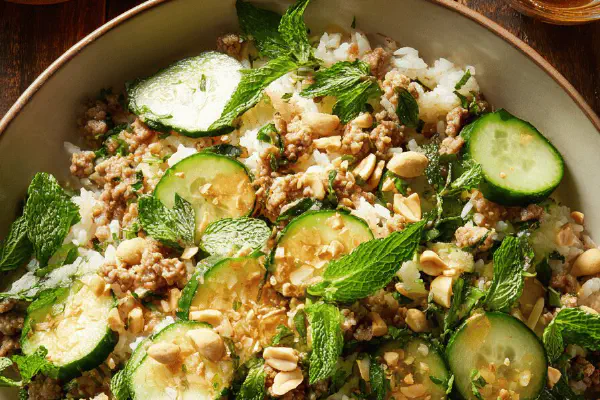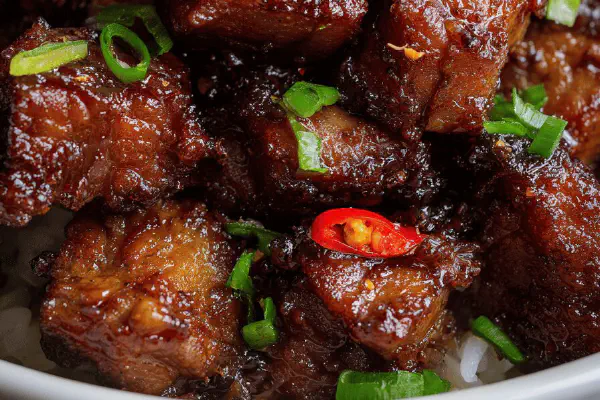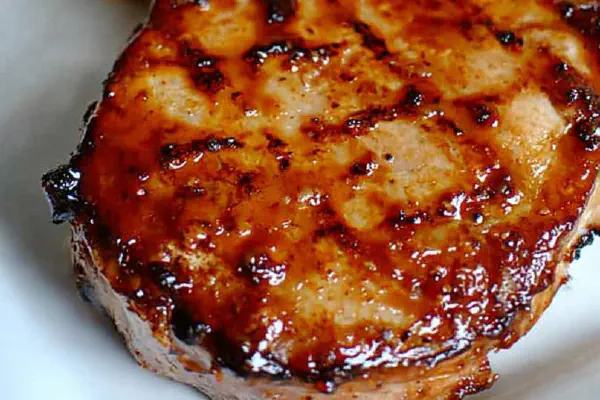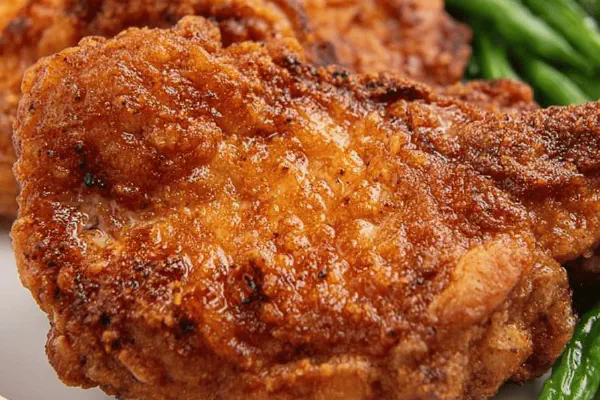Featured Recipe
Pork Filet with Caramelized Pears
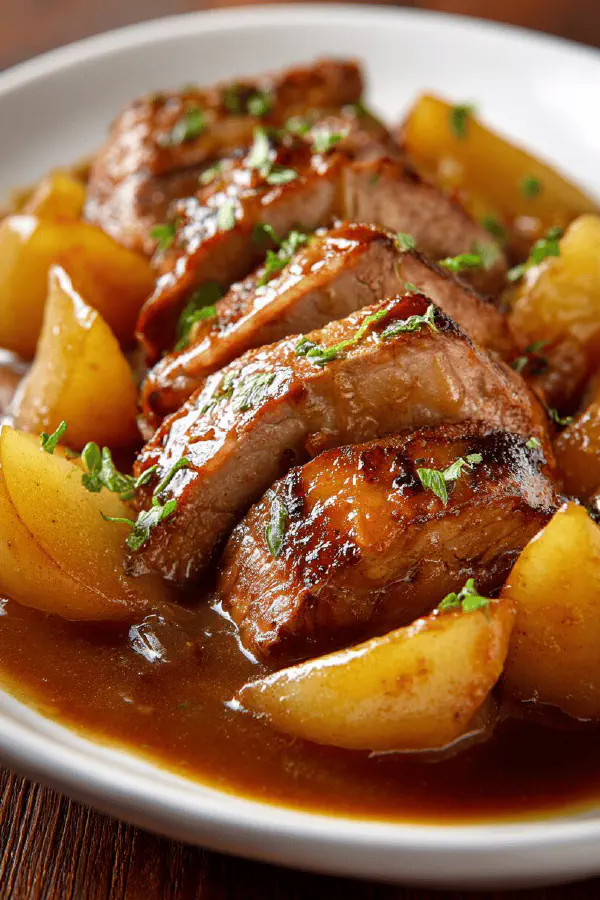
By Kate
"
Pork tenderloin seared in a caramel base then simmered with pear and aromatics. Combines sugar, lime, and savory elements like fish sauce and soy. Pears add fruit sweetness, caramel layers, and acidity. Cook low and slow to keep pork juicy and blush pink inside. Sauce reduces to glossy, syrupy finish coating tender slices. Easy swap pears for firm apple or quince. Sambal oelek offers heat but can skip or replace with chili flakes. Technique focuses on watching caramel color and meat temp rather than times.
"
Prep:
20 min
Cook:
30 min
Total:
50 min
Serves:
2 servings
pork
caramel
dinner
fruit sauce
fusion
savory
Introduction
Forget fuss, caramel needs attention not stirring. Watch sugar transition, amber is gold but seconds away from bitter. Quick flip pork in syrup coats flavors like glaze, locks moisture. Apples work here instead of pears; same texture but less watery, more tart. Shallots bring subtler sweetness than onions and balance garlic pungency. Lime juice cuts richness, tangy splash lifts flavors before slow simmer. That simmer phase critical — gentle bubbles, low heat keeps pork tender pink. Sauce reduction time not exact. Watch pour consistency, coat spoon thickly but still glossy. No dry meat, do rest pounds of muscle fibers tighten. Slice thin. Serve simple veggies steamed, rice to soak saucy layers. Skip sambal if you lack heat tolerance, chili flakes same punch, predictable. This one, requires senses over clocks. No cheat here.
Ingredients
About the ingredients
Sugar quantity lowered to prevent harsh caramel bitterness. Using apple for firm bite and acidity; if pears on hand are very soft, they risk turning mushy. Shallots replace onions to add subtle sweetness without overpowering. Tamari used in place of regular soy for gluten-free option and milder salty flavor. Fish sauce kept low to add umami but not overpower caramel’s sweetness. Chili flakes substitute for sambal oelek—less texture but similar heat. Adjust water quantities carefully when caramelizing—too much water cools sugar and prevents caramelization, too little means burning. Fresh lime juice essential for acidity, canned often dull. Garlic and shallots minced fine to caramelize quickly without burning or turning bitter. Reserve some water to adjust sauce thickness in second simmer stage.
Method
Technique Tips
Caramel sugar critical: wait until amber, no stirring but gentle swirling if needed. Adding meat quickly afterward to stop caramel cooking progression avoids bitter notes. Searing pork in caramel locks juices and starts rich color. Use thermometer; undercooked pork raw, over means dry fibers. Apple and aromatics added carefully—too much stirring scrapes caramel layers off pan. Simmer covered short time to finish cooking, piercing meat releases juices otherwise lost. Resting is non-negotiable for moisture redistribution. Sauce reduced uncovered, watch texture closely — too thick means sugar crystallizing, too thin means watery flavor. Adjust at end with seasoning; acidity or salt for balance. Serve sliced thin against grain fibers; thick cuts get chewy. Quick cold water splash can stop caramel burn but avoid overdoing or caramel will seize. This technique repeats in many dishes—watch sugar colors, rely on smell and texture cues to nail.
Chef's Notes
- 💡 Watch caramel color closely. Avoid stirring. Amber is ideal—too dark means burnt. A splash of water cools it but can change texture. Monitor temps not times.
- 💡 For apples, use firmer varieties to avoid mushiness. Peel, slice thin. Cut against grain when serving. Juicy bites—don’t sacrifice texture.
- 💡 Rest the pork, let juices redistribute. Don’t skip this step. Trim fat before cooking, it renders but can make dish greasy. Balance richness.
- 💡 Adjust lime juice to taste; acid cuts sweetness. Monitor sauce texture as it reduces. Thick but glossy, needs to coat spoon. No one wants a watery sauce.
- 💡 Chili flakes add subtle heat; adjust to preference. No sambal? No problem. Just a pinch goes a long way. Options are key in flavor building.
Kitchen Wisdom
How to know if pork is cooked?
Use thermometer. 53°C is target. Too low means raw. Too high, fibers dry out. Check temp.
What if sauce is too thick?
Just add water slowly. Stir but gently. Keep cooking; shiny, glazed finish is goal. Stand over the pot.
Can I store leftovers?
Refrigerate up to three days max. Reheat gently. Avoid high heat or microwave; risk drying out pork.
What's a good side with this dish?
Steamed greens work great. Bok choy or other crunchy veggies contrast sauce well. Quick prep is ideal.
